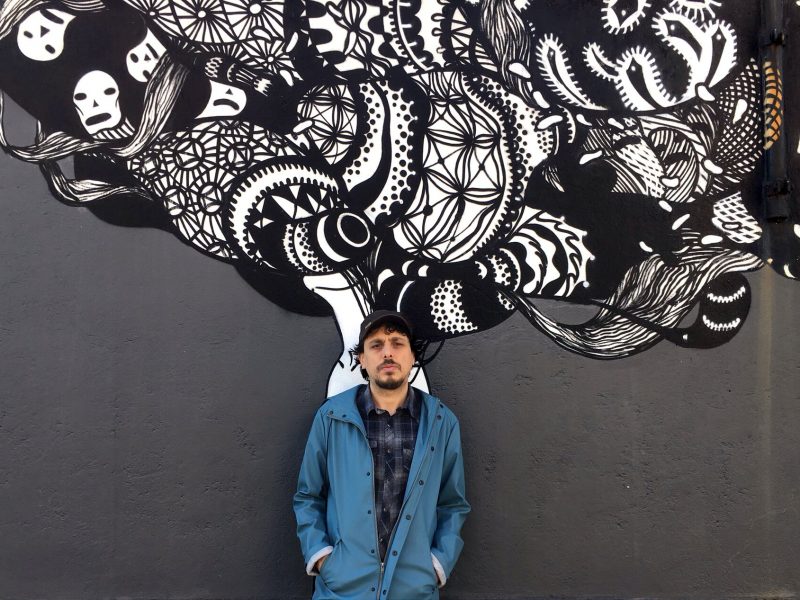Luca Di Maio
After various experiences with other projects and as author, Luca Di Maio - originally from Naples, active in Rome - started his solo career in 2016, with the debut "Letiana" produced by Marco Parente. His new album, "Piccole armi/Grandi imprese", made together with Alessandro "Asso" Stefana, sees the light on March 1, 2019. His songwriting looks at alt-folk and at the best pop songs, at world music and at modernity. In a completely personal journey.
Luca Di Maio has arrived at his second solo album: Piccole armi/Grandi imprese

It is no mystery that Luca Di Maio loves travels, chance meetings and languages. Consistently, the cover image for Piccole armi/Grandi imprese has been picked from a series of photographs taken by Luca’s grandfather in Ethiopia during WW2. Even in the darkest time there is something worth documenting.
Recorded and mixed together with guitarist Alessandro “Asso” Stefana (Guano Padano, Vinicio Capossela, PJ Harvey), the record will be out without notice on 1st March 2019. Delivered straight to the listeners, as a hand-crafted gift.
For more than ten years Luca was the leader of a band called Insula Dulcamara, and has also gained experiences as a composer of music for films as well as for other musicians. His debut album – Letiana (2016) – was produced by the Italian singer-songwriter Marco Parente and recorded with several established Italian musicians (Alessandro Fiori, Vincenzo Vasi, among others). Its mix of traditional and unconventional songwriting, together with non-rhetorical lyrics on the subalterns have been well received by the critics and earned it a nomination for best debut in Targa Tenco 2016 as well as an Honorable Mention in the World Music category in the 2016 International Songwriting Competition (ISC).
Piccole armi/Grandi imprese features eleven peculiar tracks, including the lead single Dove Sei?. This up-tempo song is the perfect example of how Luca’s songwriting has become stronger with time – tribal rhythms, handclapping, eastern strings, urban grooves and world music samples reveal his new musical approach. In fact, Luca’s alternative folk-pop is inspired both by world music and by contemporary music. So, guitars, piano, drums and brasses join forces with autoharp, bouzouki, bongos and congas, as well as with effects, programming, synths, loops and glitches. He moves on the same ground as names like Dirty Projectors, Elbow and Wilco.
Luca’s vault contains precious songs: the dreamy duet and the melancholic flute of Quand’ero felice, sung together with Serena Altavilla (Blue Willa, Solki, La Band del Brasiliano and Calibro 35, and already with Luca on his cover of John Lennon’s Love in 2016); Per farti un dispetto, which sounds like a Middle-Eastern version of Ibeyi, accompanied by Piero Santangelo’s sax (Nu Guinea). The rocky political tirade of La madre, il muro, la piazza; La fragola nella pancia dell’orso, delicate and sensual; the acoustic Orecchie d’Asino (initially written for Letiana); the lively title track and its restless melody; Sant’Eurosia degli alberi, a naturalist prayer with field recordings taped in Iceland by the Swiss musician REA; the blue notes of La casa nel mare. The track list has also room for Distrattico, an instrumental tune written to accompany an illustration in Bestiario di difetti by Claudia Marulo, and for Chi ha fatto cosa, which saves the credits of the album from the oblivion that our age of streaming inevitably relegates them to.
Let’s go. It is time to set off again.


